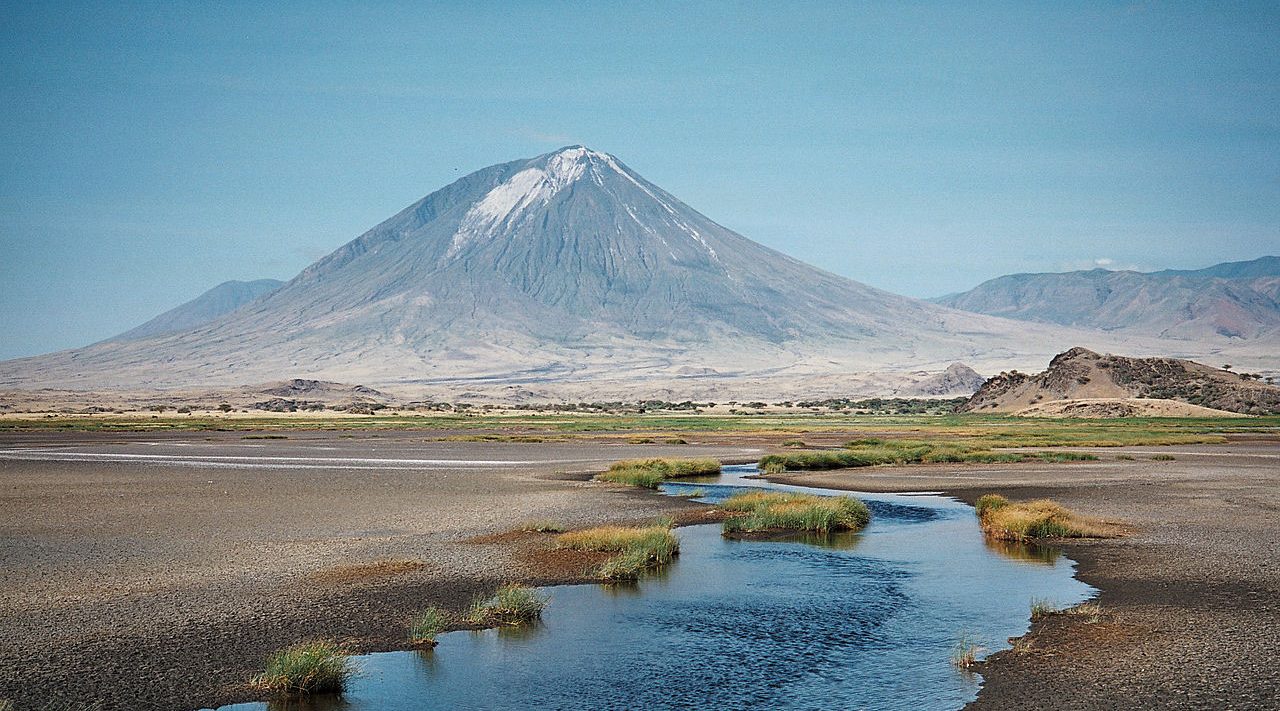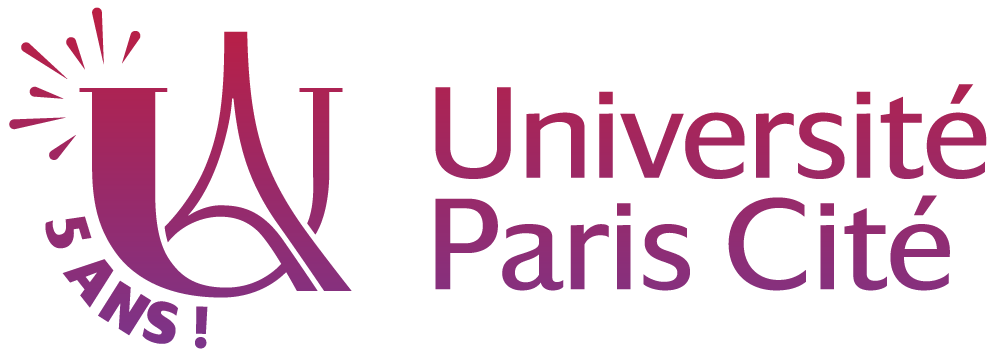Evidence for a marine carbon recycling mechanism in Earth’s mantle
Recent work by PhD student Zhengyu Long, under the supervision of Frédéric Moynier, and their colleagues at the Institut de Physique du Globe de Paris (IPGP/Université Paris Cité/CNRS) and the CNRS, has revealed a mechanism involved in Earth’s carbon cycle, linked to the subduction of oceanic plates. Their study, published in Science Advances, shows that carbonatites — rare volcanic rocks rich in carbonates — exhibit a distinctive isotopic signature, likely inherited from subducted oceanic crust. These findings suggest the existence of a marine carbon recycling process within Earth’s mantle that may contribute to the regulation of the global carbon cycle and the maintenance of life-supporting conditions on Earth.

Modern carbonatitic volcanism at Ol Doinyo Lengai, Tanzania / @Wiki
Publication date: 16/06/2025
Press, Research
Related teams :
Cosmochemistry, Astrophysics and Experimental Geophysics (CAGE)








